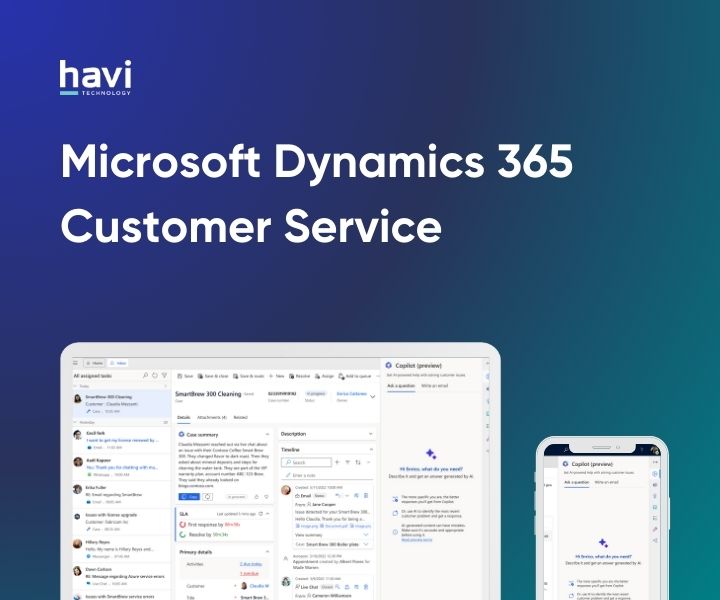TABLE OF CONTENTS
- 1. Website and Customer Experience
- 1.1. Website & eCommerce: Guided Onboarding, New Templates, Google Merchant Sync
- 1.2 Live Chat and Discuss: Expertise Routing, Chat Insights, Status Controls
- 2. Sales, CRM and Subscriptions
- 2.1 Sales: Editable Optional Products, Catalogue Sections, Portal Top-Up
- 2.2. CRM and Marketing: AI Probability, Lead Sources, Kanban Linking
- 2.3. Subscriptions: Prorated Billing, One-Time Sales, Portal Edits
- 3. Inventory, Purchase and Barcode
- 3.1. Inventory and Purchase: Packages within Packages, Forecasted Reports, Suggested Quantity to Replenish
- 3.2. Barcode: Operation Descriptions, Product Source Location, Lot and Serial Number Properties
- 4. Manufacturing, Shop Floor & Planning
- 4.1. MRP: Gantt View, Editable Deadlines, Labour-Based Valuation
- 4.2. Shop Floor & Planning: Barcode Workflows, Shift Scheduling, Routing Edits
- 5. Project, Timesheets and Services
- 5.1. Project and Timesheet: Smart Assign, Mobile Grid View, Priority Alerts
- 5.2. Field Service and Appointments: Calendar View, Technician Tracking, Mass Planning
- 6. HR, Payroll and Expenses
- 6.1. Payroll: Redesigned Engine, Payslip Correction, Unified Master Report
- 6.2. Time Off and Expenses: Odoo Master Cards, Multi-Expense Submission, Complex Duration
- 7. Accounting, Compliance and ESG
- 7.1. Accounting: Peppol Invoicing, Bank Sync, BAS Reports
- 7.2. ESG App: Scope 1–3 Emissions, CSRD Reporting, Auto Category Mapping
- 8. AI, Documents and Sign
- 8.1. AI App: Prompt Commands, Auto Field Completion, Voice and Web Search
- 8.2. Sign and Documents: Bulk Signing, Chatter Integration, Access Controls
- Odoo 19: What’s Coming For Australia?
- 1. Fully compliant Payroll AU with STP Phase 2 and SuperStream
- 2. ABA file payments, Direct Debit for wages/super
- 3. Multi-stream YTD import, backpay, and validations
- 4. 2025–26 tax rules, STSL changes, ATO security
- 5. Peppol invoicing, GST toggle, fringe benefits, BAS automation
- 6. Tyro integration
- 7. Roadmap: SBR BAS lodging, Open Banking, PEL Access, Fiduciary Program
- Odoo 19’s FAQs For Australian Teams
- 1. How should Australian businesses prepare?
- 2. How is Odoo 19 different from Odoo 18 in Australia?
- 3. How can AI in Odoo 19 be tailored for real business outcomes?
- 4. How can I try Odoo 19 or upgrade from my current version?





Dynamics 365 for Outlook provides you with the most effective solution which enables synchronising your existing CRM information with Outlook mail, personal planner and contacts. Now, let’s discover more about Dynamics CRM for Outlook and follow the essential core deployment stages of the app.
What Is Dynamics 365 For Outlook?
Microsoft Dynamics CRM is a suite of integrated Customer Relationship Management (CRM) applications that help organisations streamline sales, customer care, and project management. Microsoft Dynamics CRM includes five key apps such as Dynamics 365 Sales, Customer Service, Customer Insights, Field Service, and Project Operations.
When using the Dynamics CRM app for Outlook, users can find these CRM features integrated directly into the Microsoft Outlook workspace. This allows sales and customer service, as well as operational teams, to have constant access to updated customer data.
Why Microsoft Dynamics Outlook Integration
When using Dynamics 365 App for Outlook, you can directly utilise Microsoft CRM tools when working on Outlook, centralising your CRM data and email management tools in a single place. Regarding an email or appointment, you can view it or associate it with an opportunity, an account or a case in the app.
Here are the core benefits of using Microsoft Dynamics CRM for Outlook:
How To Set Up Dynamics 365 For Outlook
Before you embark on the setup process, ensure that the following requirements are met:
Step 1: Configure the synchronisation method by default
You must configure server-side synchronisation for your email processing to use the Dynamics CRM app for Outlook. Please refer to Microsoft's documents for additional details.
Step 2: Activate mailboxes and test email setup
Step 3: Set security role access
Dynamics 365 CRM App for Outlook requires a user security role. If users do not have this role or lack sufficient privileges, they are going to receive an error message and will have to contact the admin. Besides the above privileges, other special privileges relating to the status of the user will activate other extra features.
Moreover, the Outlook app requires correct settings for server-side synchronisation with the security levels that are necessary for the service. Please refer to Microsoft's information for these roles.
Step 4: Install App for Outlook
Please also refer to Microsoft’s documents for important notices.
Customise Your Microsoft Dynamics Workflows
Consider using Microsoft Dynamics CRM for Outlook to improve and grow your team’s work in sales and customer service. This solution - managing your CRM with your email, calendar, and contact lists, enables you to work smarter, collaborate more effectively and provide a superior customer experience.
In this article, we have looked at the benefits and core deployment steps of using Dynamics CRM for Outlook. If your organisation is growing and you’re planning to customise your Microsoft Dynamics CRM workflows, Havi Technology can be your ideal implementation partner in Australia. Reach out to our team and leave your inquiries.
Dynamics 365 For Outlook - FAQs
1. How do I synchronise Outlook and Dynamics CRM?
You can synchronise your Dynamics CRM with Outlook by using the Dynamics 365 App for Outlook. This app streamlines your CRM with email, planner and contacts so that you can view and work on the data from Outlook workspace.
2. Does Microsoft own a CRM package?
Yes, Microsoft offers a package of applications for CRM within Dynamics 365. This consists of apps such as Dynamics 365 Sales, Customer Service, Customer Insights, Field Service and Project Operations.
3. Why should I use Microsoft Dynamics CRM?
Microsoft Dynamics CRM provides complete solutions for relating to customers, bettering the sales processes, and providing quality customer services. The most critical advantages are centralising your customer data, increasing productivity, and encouraging collaboration and customer experience.